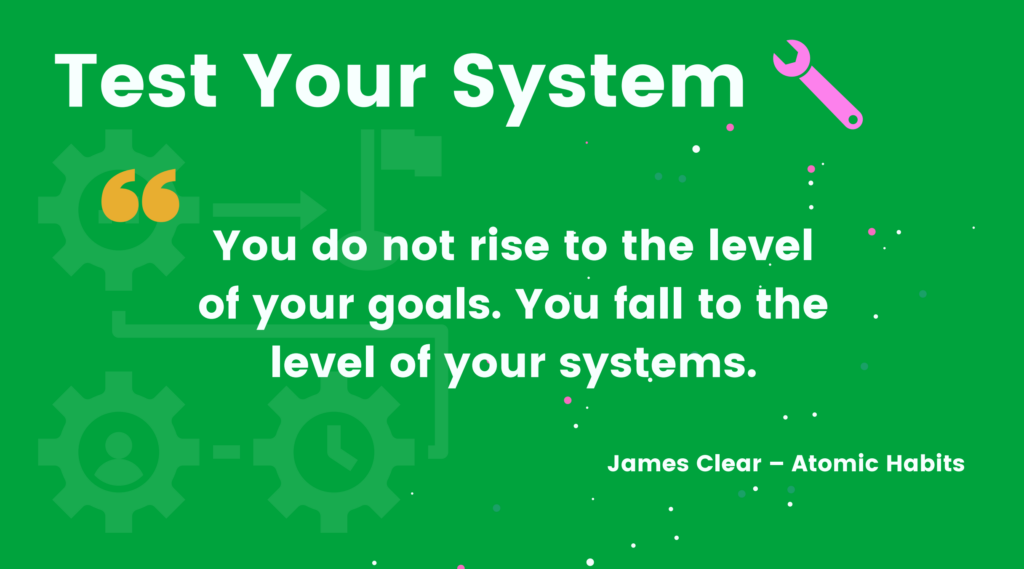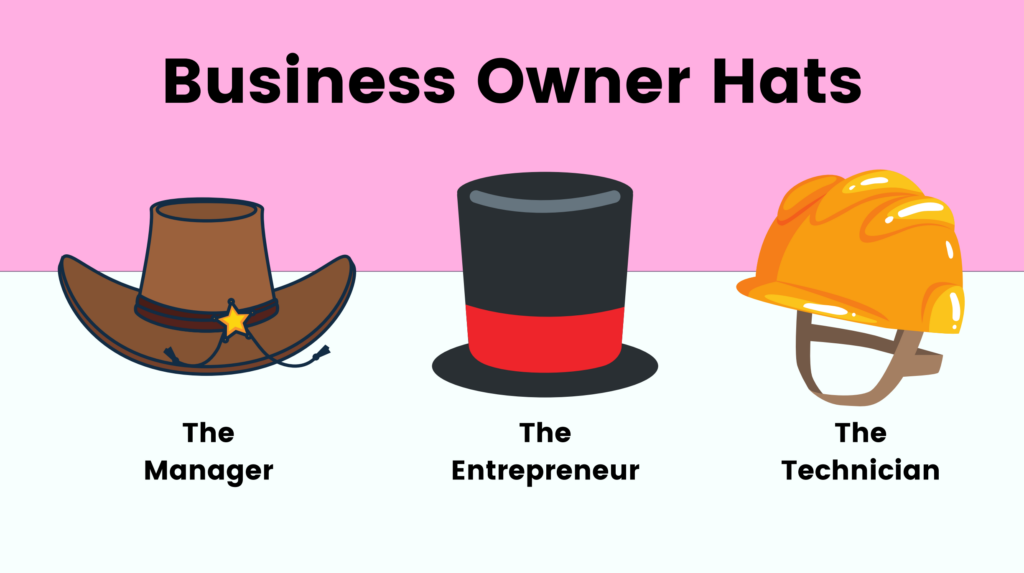Table of Contents
Multiple Roles as a CEO
Being a CEO is no easy task. It requires a unique combination of skills and qualities that make it difficult to manage and succeed in the position. First, CEOs must have strong leadership skills to effectively guide their organization to success. They must be able to motivate, inspire and support their team, while also making tough decisions that are in the best interest of the company. Second, CEOs need excellent communication and interpersonal skills to effectively collaborate with others both inside and outside of the organization. They must be able to listen carefully to various stakeholders and build consensus among them. Lastly, they must have strong problem-solving abilities and the ability to think strategically about how best to achieve their goals.
Michael E. Gerber, the author of ‘The E-Myth,’ described 3 personalities of a business owner as follows.
- The Manager: he manages people, time, and budget to get the project done.
- The Entrepreneur: he sees a market gap and has an idea of how to fulfill needs.
- The Technician: he makes it happen.
All in One
We know that for a significant role like a CEO, one must take on a package of functions, which I learn here. Wasu.blog is the perfect platform to find the latest and most relevant information about various roles as a CEO. From industry trends, technology updates, and best practices in management to strategies for navigating today’s ever-changing business landscape, Wasu.blog has it all! Our content provides valuable insights into the current state of affairs in top businesses, enabling CEOs to stay ahead of the curve and make informed decisions that can keep their companies competitive in today’s market. With our comprehensive selection of articles and tools, there is no limit to what you can learn here! Let Wasu.blog be your go-to resource for staying on top of the game as a CEO. Here’s to successful leadership!
Heavy Responsibilities
Each role has its own responsibility. Therefore, having more roles means more responsibilities. As the word RESPONSibility originated, one who has it must respond! With our help, you can create memorable experiences by understanding the needs of your customers and providing them with a personalized response that speaks directly to their needs.
The Owner is a Bottleneck
Seeing that a business owner has 3 huge roles, they come with responsibilities. First, we now understand that the owner has to respond at all times.

What can we do to mitigate the problem that an owner becomes a bottleneck of a business?
Build a System
- Record a process
- Document an SOP
- Review a business owner bottleneck
- Connect SOPs into a system
- Test a system
Do it or Lose it
No wonder why most of us founders fail to scale the company and fail to adapt to the new change. We have too much at hand, and we are all a big part of the process.
Here, I illuminated different types of business owner role and how it is ingrained to cause a bottleneck in the firm.
I suggested we start building a system where we are not inside the process itself but the one who controls it. We must create a consistent brand voice that speaks to our customers in an authentic and engaging way. I believe this begins with understanding the keywords we want to use when communicating with our customers – words that will help them understand what we do, how we are different, and why they should trust us. We need to make sure these keywords remain consistent across all of our communication channels so that our message is always clear. By using the same set of powerful words throughout all of our conversations, we can help strengthen the bond between us and our customers.
This will also help ensure that any time someone interacts with us, they receive a unified message about who we are as a company and what services or products we provide. With consistency comes trust – something that can’t be overvalued. We want our customers to feel confident in the perception they have of us, and that begins with building a consistent brand voice.
By using the same set of keywords across all communication channels, we create an opportunity for customers to identify with us on a deeper level. Our shared language will become part of our shared identity and help reinforce our values as a company. This is an essential component of creating loyalty among customers and helps foster long-term relationships that benefit both parties.
Creating a strong brand voice is key to any successful venture; it helps define who we are as a business and how we interact with people, so let’s make sure we incorporate powerful words into all of our conversations. Here are some keywords to consider including in our conversations: customer-centric, reliable, innovative, trustworthy, friendly and knowledgeable.
By making sure that we use the same key words consistently across all channels – digital, print and in-person – we create a consistent brand identity that will be easily recognizable by customers. This helps us build a deeper relationship with our customers as they become more familiar with our language and values as a company.

Start writing a standard of procedure today, test it regularly, and let’s run a system that runs our business. And not the other way around! Let’s build!

